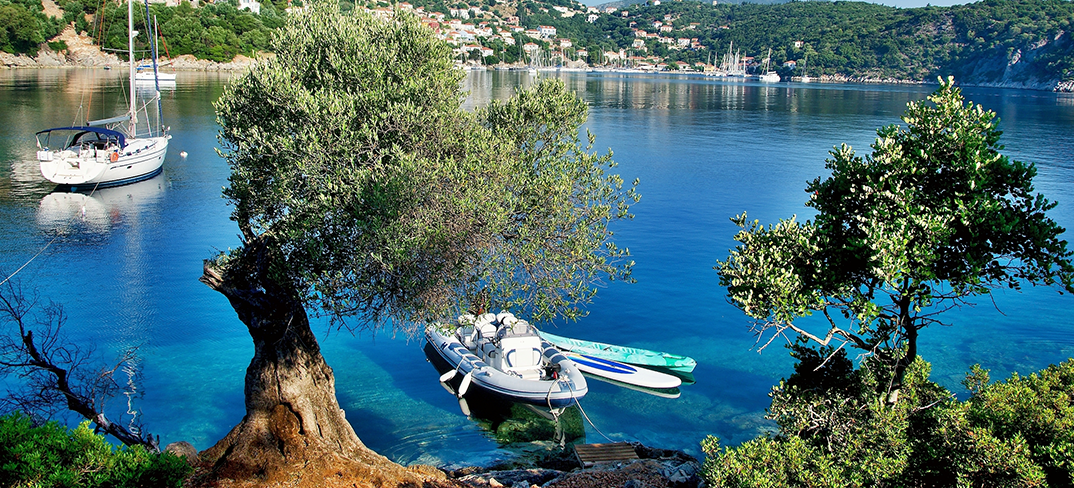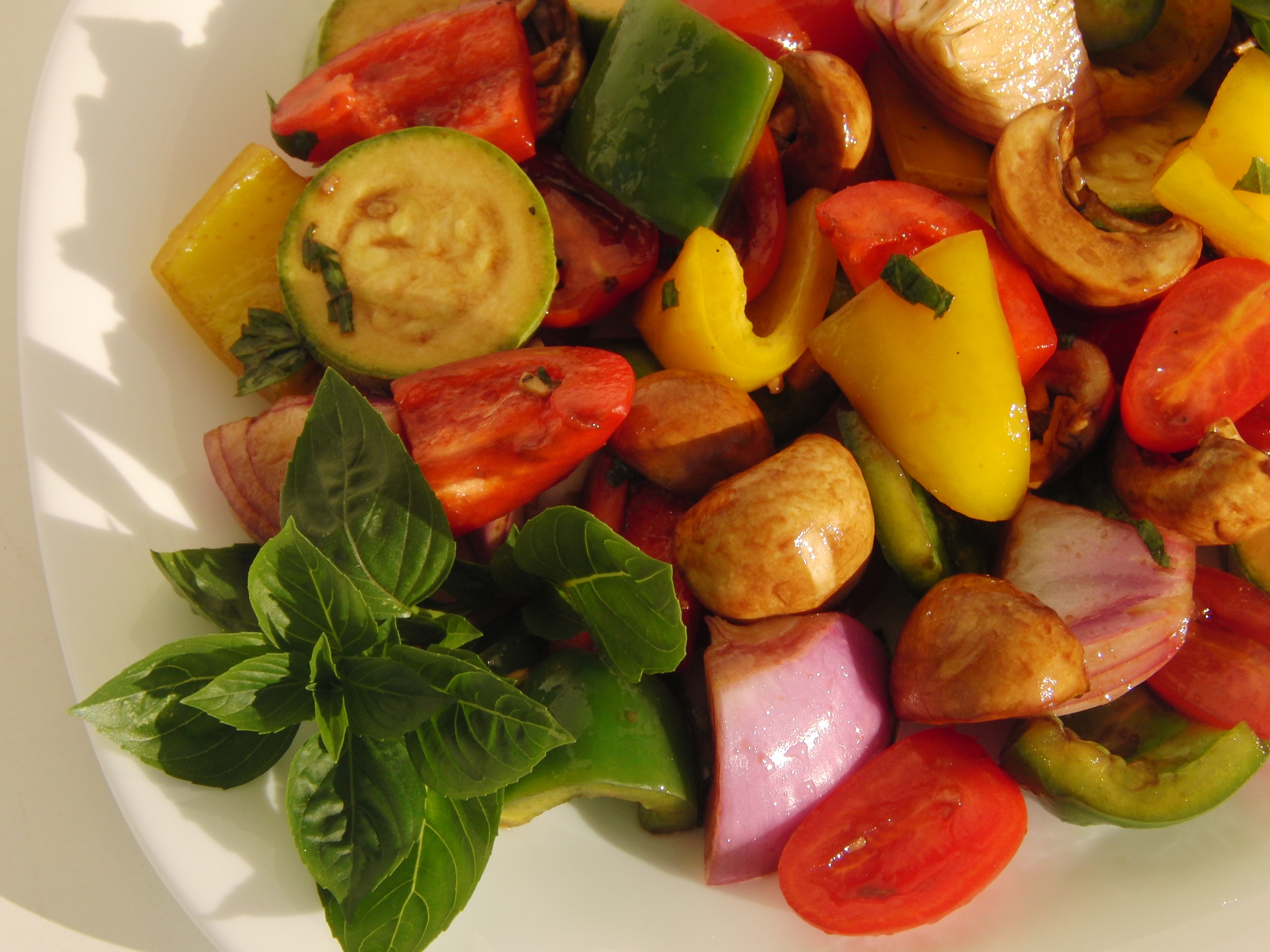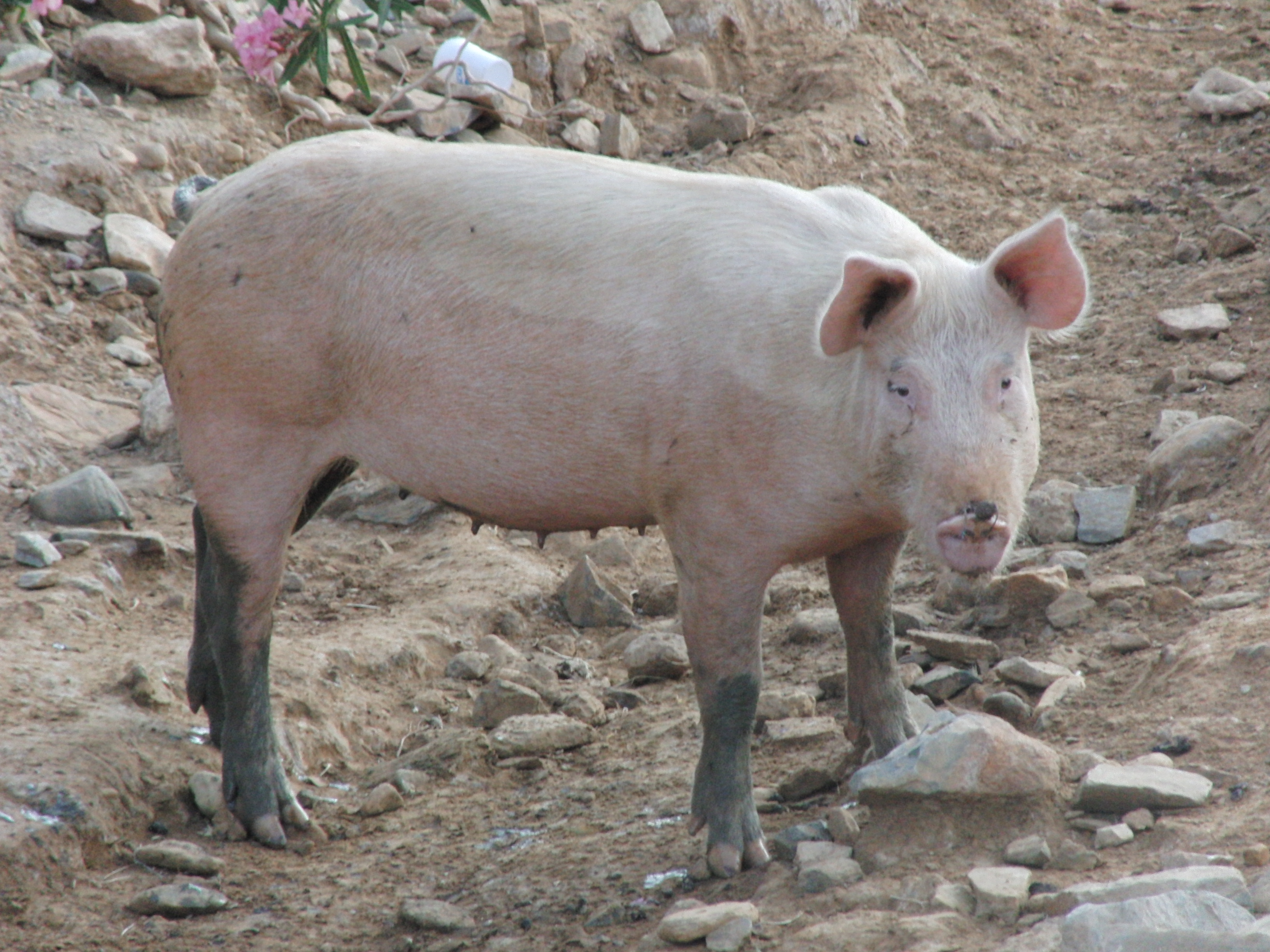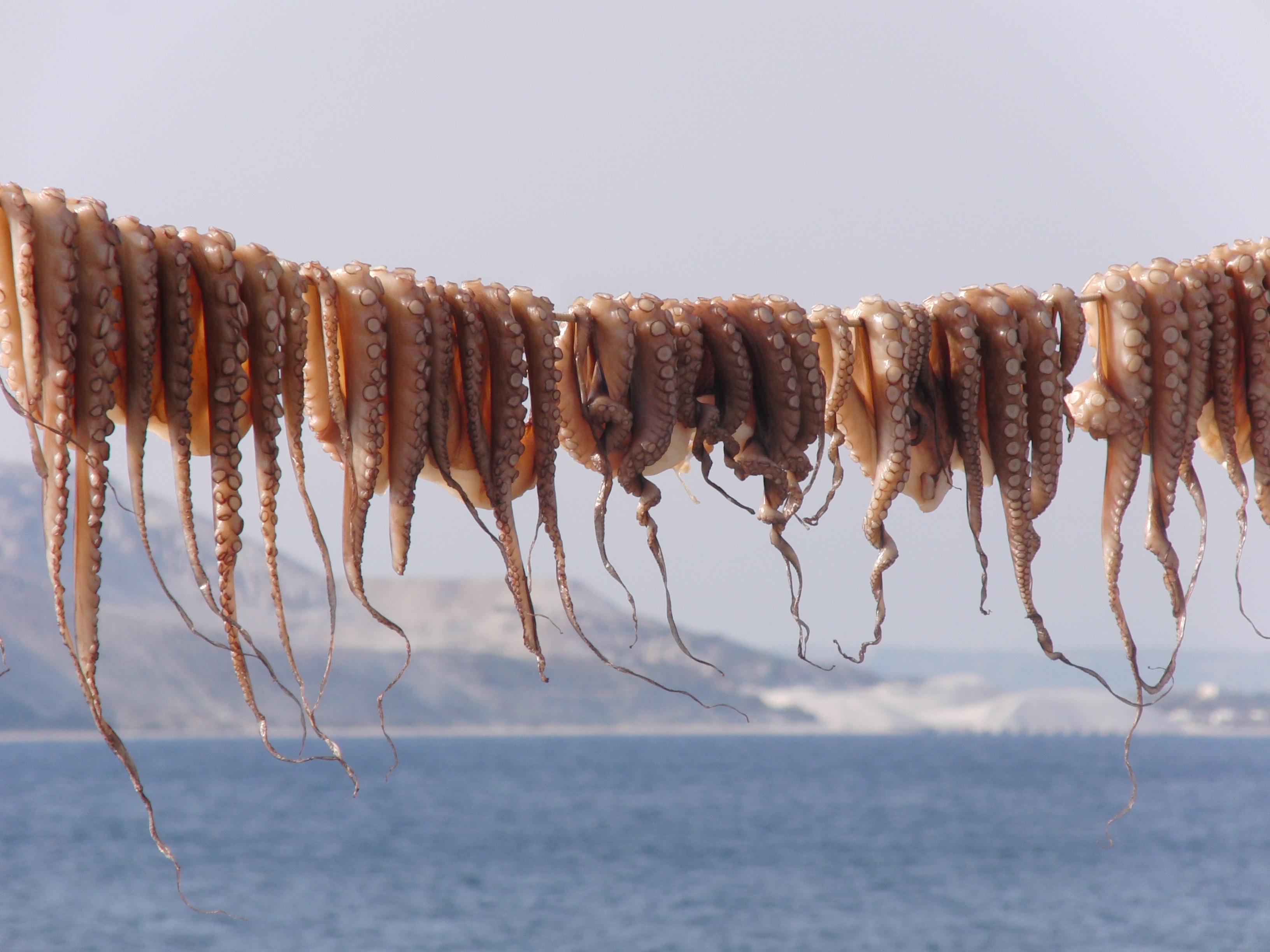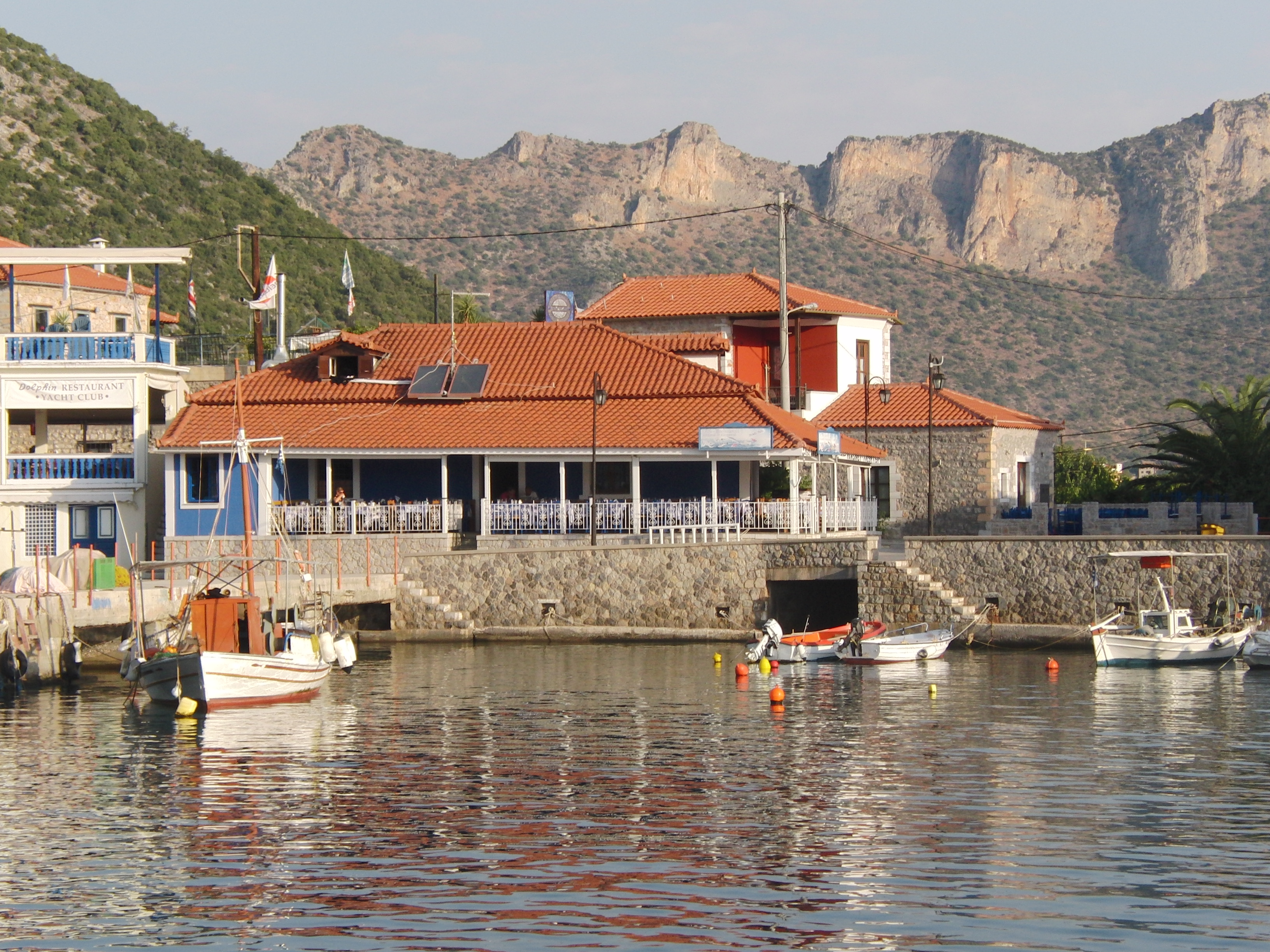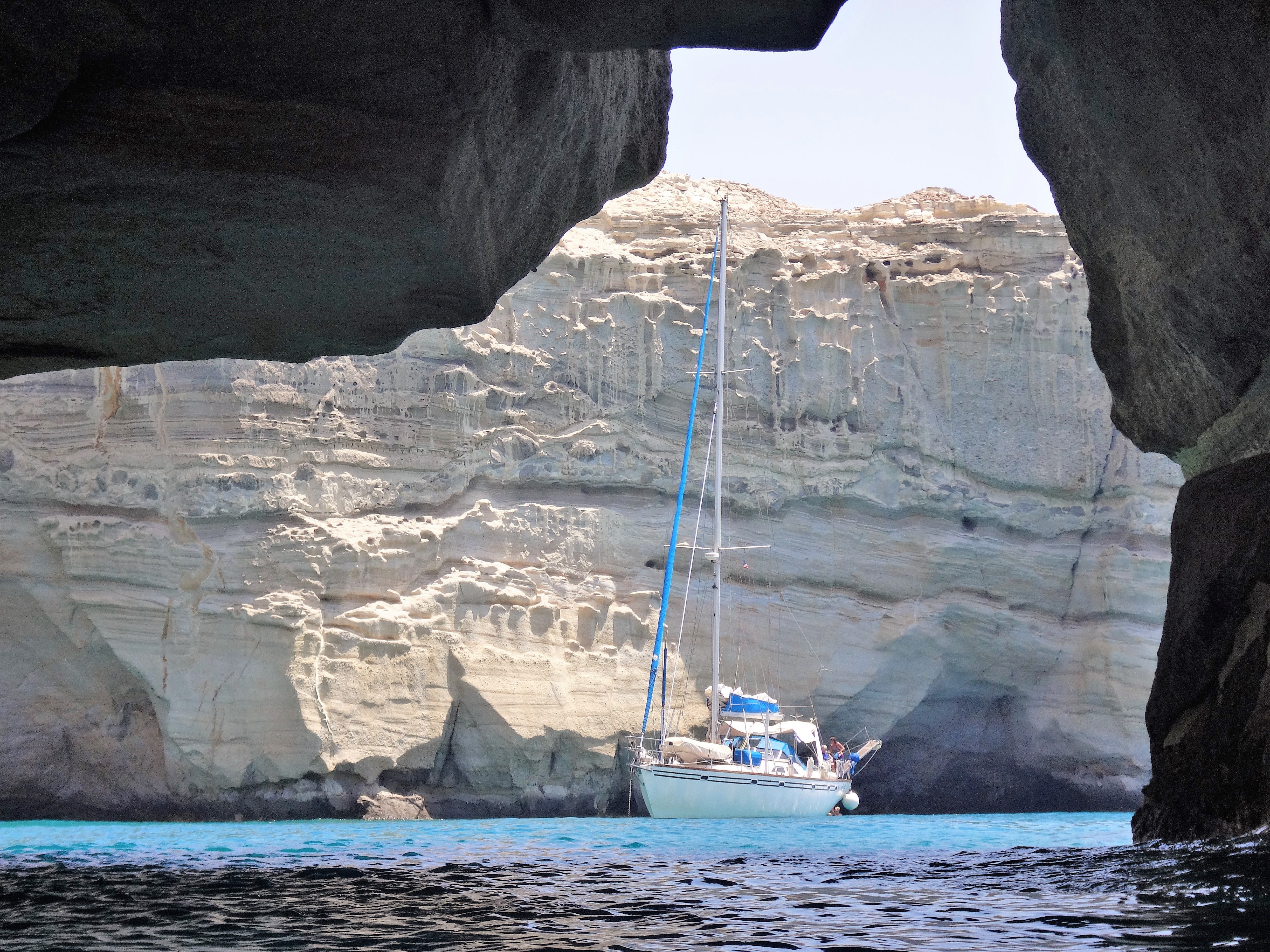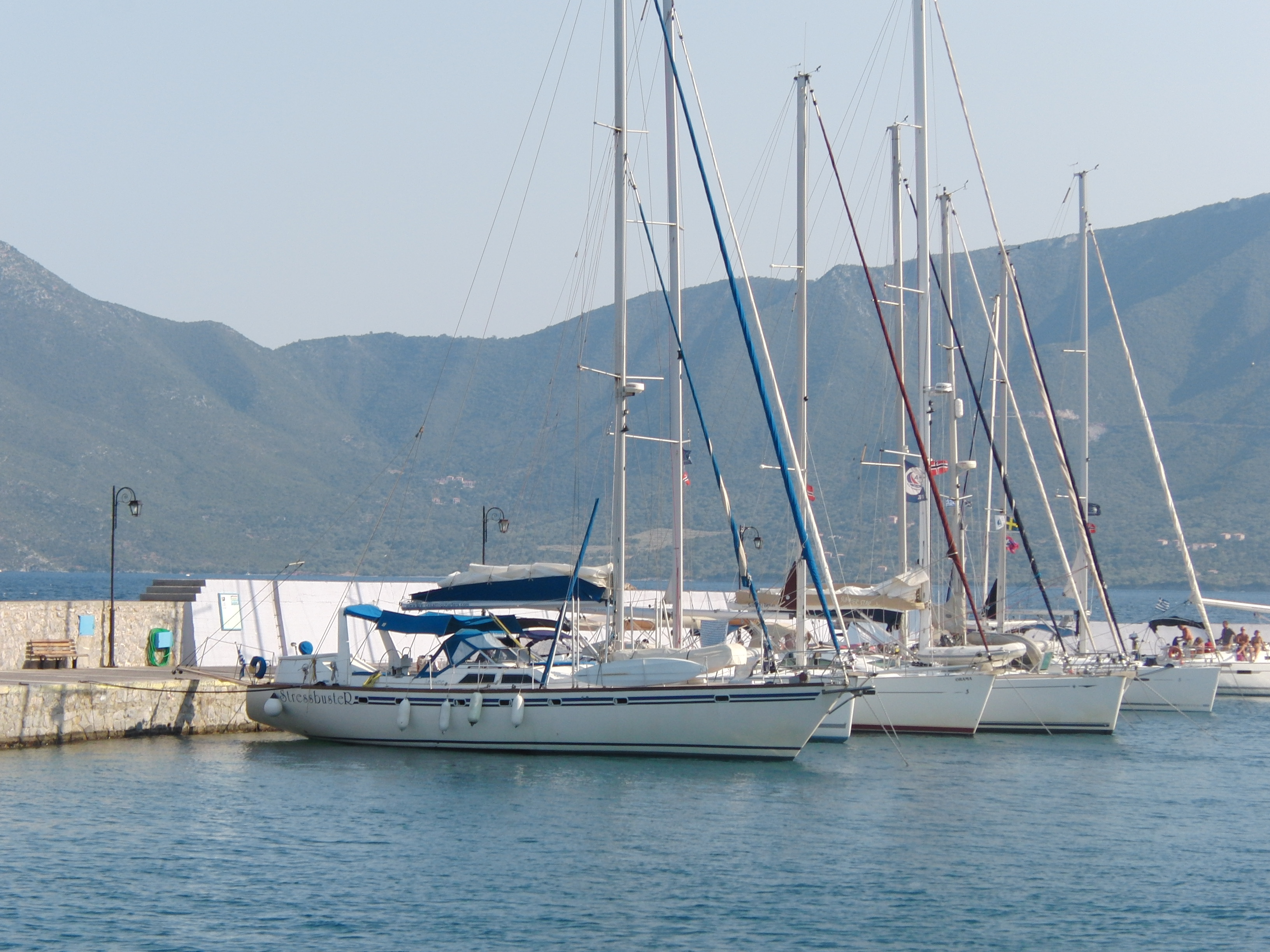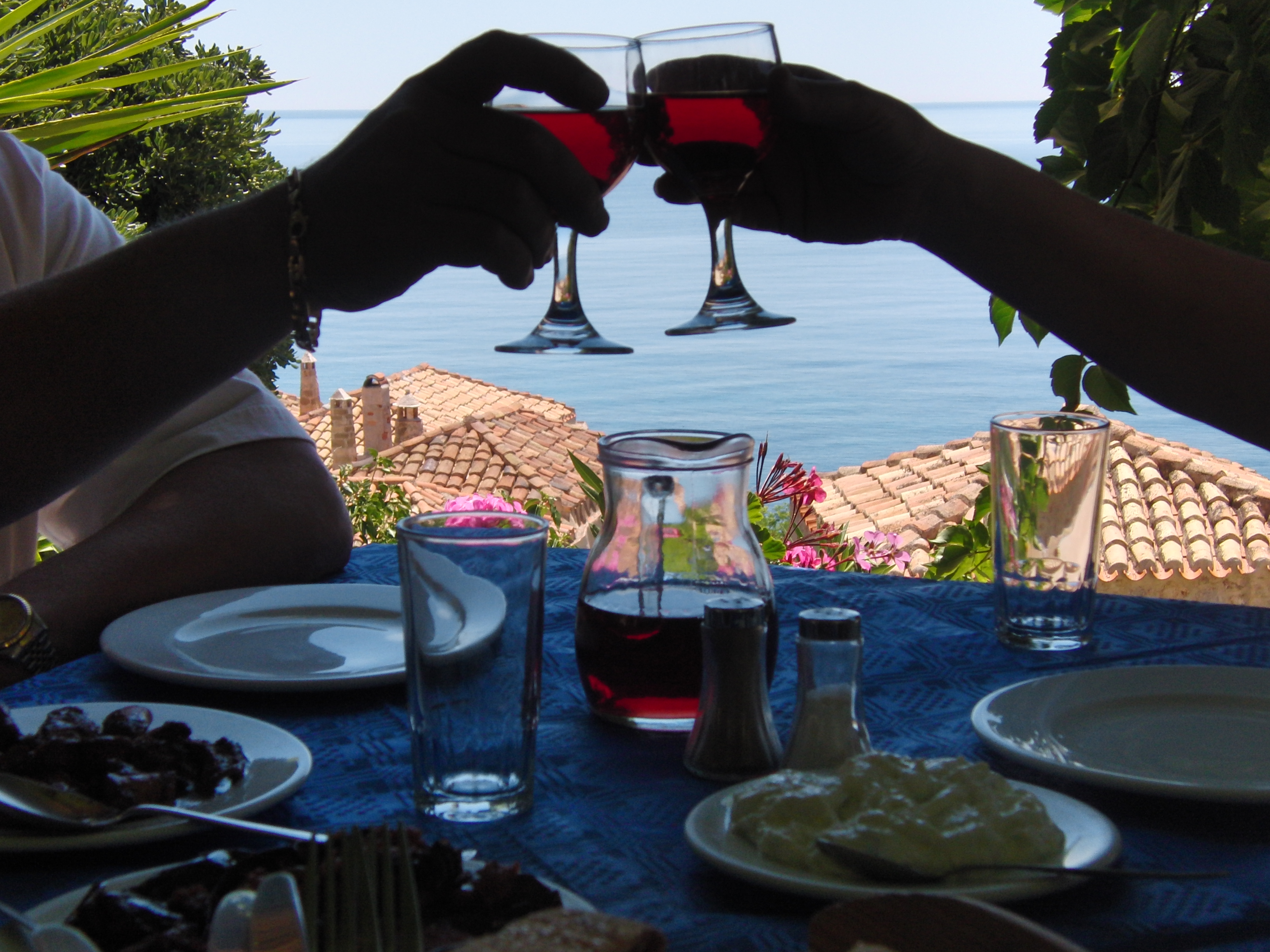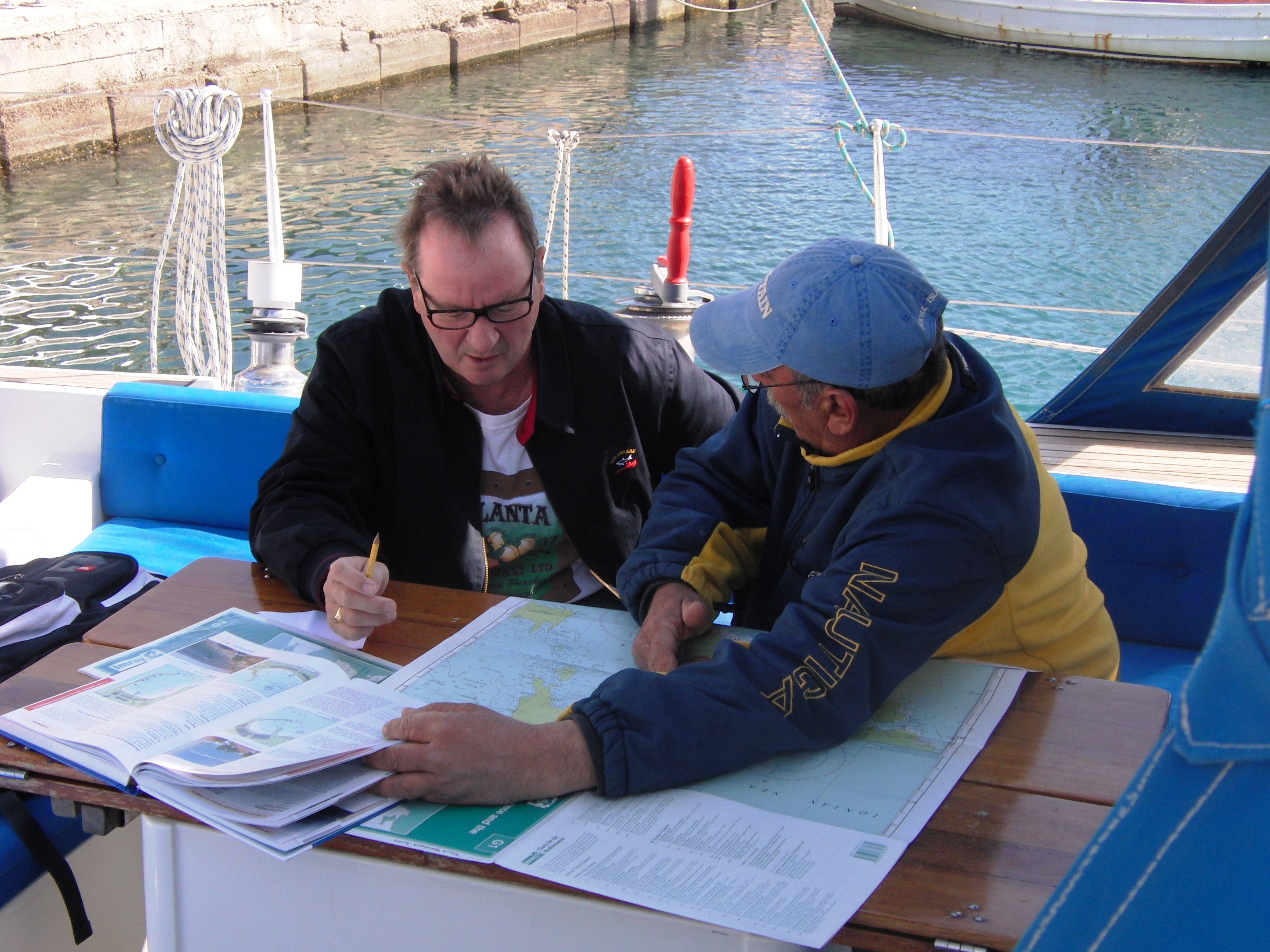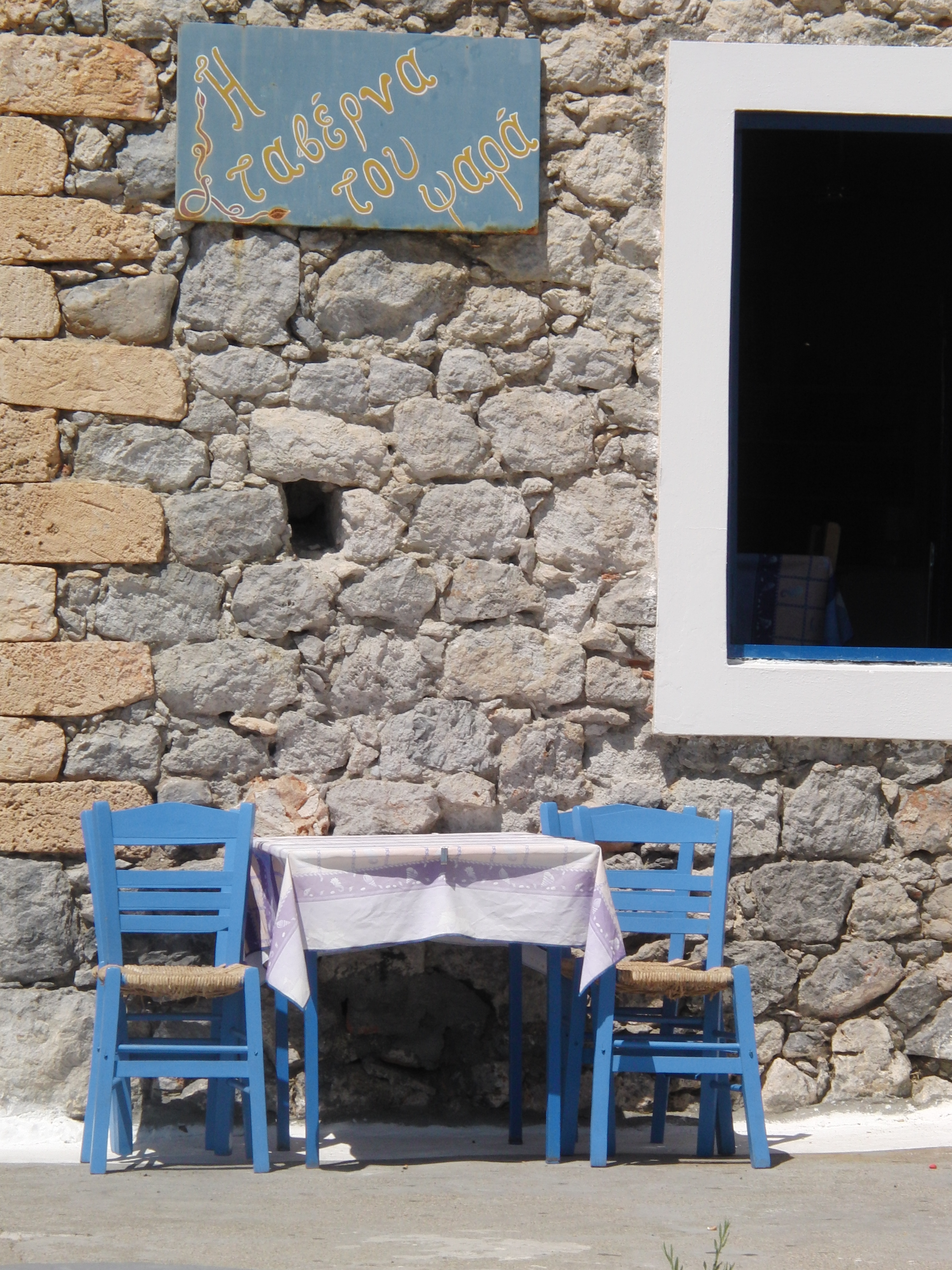Greece has a warm Mediterranean climate, but it does have four seasons. Sunny, warm weather prevails during the late spring, summer, and early fall. The prime sailing season is from May through early October, when daytime temperatures range on average between the 70s F (low 20s C) in spring and fall to the 80s and 90s F (high 20s to 30C) in summer. Sea temperatures range from the high 60s (18-20C) in the spring to the mid-70s (23 C) in September/early October, and may vary, either warmer or cooler, depending on the area. While sailing is possible in other months, it isn’t recommended, as weather can be cool, rainy, or stormy from November through early April.
During the summer months, the prevailing winds are from the north, northeast, or northwest, and can be quite strong, particularly in late July and August, when the heat-generated wind known as the meltemi can blow at a steady Beaufort Force 5 to 6 (or higher), sometimes for many days in a row. In spring and fall, light-to-moderate sea breezes from the south often prevail, usually at their peak in late afternoon and dying at night.
Weather by Region
Cyclades Weather
Greece’s most popular island group is also its windiest: In the summer months, particularly July, August, and even very early September, strong meltemi winds are possible. The Cyclades are arid and hot during the summer months, with daytime highs ranging in the 80s and 90s Fahrenheit (26-35 degrees Celsius) and the 70s (21-25C) at night. Rain between June and September is rare, except in the occasional thunderstorm in fringe-season months. The prevailing northerly winds cool things off somewhat, as does the low humidity, and the sea water is pleasantly refreshing at an average temperature in the mid- to high 70s (23-26 C).
Saronics and Coastal Peloponnese Weather
Although the strong, seasonal meltemi wind affects this area, the nearby mountains of the mainland provide shelter and prevent seas from building to uncomfortable levels. As in the Cyclades, the prevailing wind is from the north, but with a greater percentage of southerly sea breezes at an average of about Force 3 during the day. In spring and fall, the area is more prone to rain squalls or thunderstorms, usually brief but sometimes strong.
Air temperatures here in the summer season are generally pleasant, about 85F/29C during the day on average, but with sometimes very hight temperatures in the 90s or sometimes 100s (34-37C) during the hottest month, August. There is slightly more humidity here, so temperatures may feel somewhat hotter than they actually are. Water temperatures are slightly warmer than in the wide-open Cyclades, thanks to the islands’ more sheltered location.
Dodecanese Weather
During the summer months the prevailing wind in the Dodecanese is north, but more westerly than in other regions. The meltemi can blow at between Force 4 and Force 6 or higher, and it can last longer here as well, sometimes blowing from June through October. Like in the Saronics, there is more shelter here than in the Cyclades.
In the summer months these islands are very hot, with temperatures often reaching into the high 90s/36C and beyond. As in the other islands, winds from the southern quadrant in the spring and fall are not uncommon.
Ionian Weather
Known as “the Caribbean of Greece”, this area is also known for its prevalent gentle winds. Although winds can sometimes be strong, more frequently they are not: the Ionian is not affected by the strong summer meltemi. The area’s light, winds blow from a northwesterly direction during the summer months and average about Force 2 to Force 5. The wind often doesn’t get up until midday, and dies again at sunset.
On the rare occasions when it does blow hard here, the north-northwest wind has a different name: the maistro, though generally this does not reach the strengths of its cousin, meltemi. Like the Saronics and Dodecanese, the Ionian isles are sheltered by the mainland.
During the summer, sunshine prevails. Rain is infrequent, though it may be more likely than in other island groups; sudden thunderstorms that can bring heavy rain and sometimes even hail, along with fierce wind gusts. In general, the weather here is more tropical than in other parts of Greece, contributing to the overall lush appearance of these islands. Temperatures are mild, mostly in the mid-80sF/30C during the days. The sea water is comfortably warm and clear.


